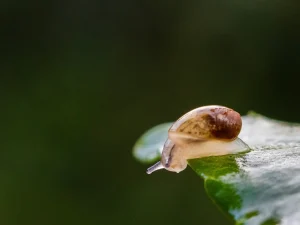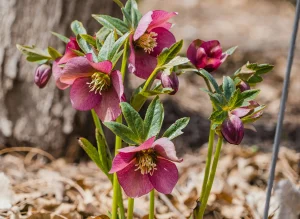Frost occurs when temperatures drop below 0°C, causing water vapour in the air to freeze into ice crystals. While it can be a beautiful sight, it can have a significant impact on your plants, and protecting your garden from frost is crucial.
Frost is most common in the southern regions of Australia, such as parts of Victoria, Tasmania, and New South Wales, during the winter months. However, it can also occur in autumn or spring, depending on weather conditions. Understanding how this affects your garden is key to protecting your plants and ensuring they thrive through the colder season.
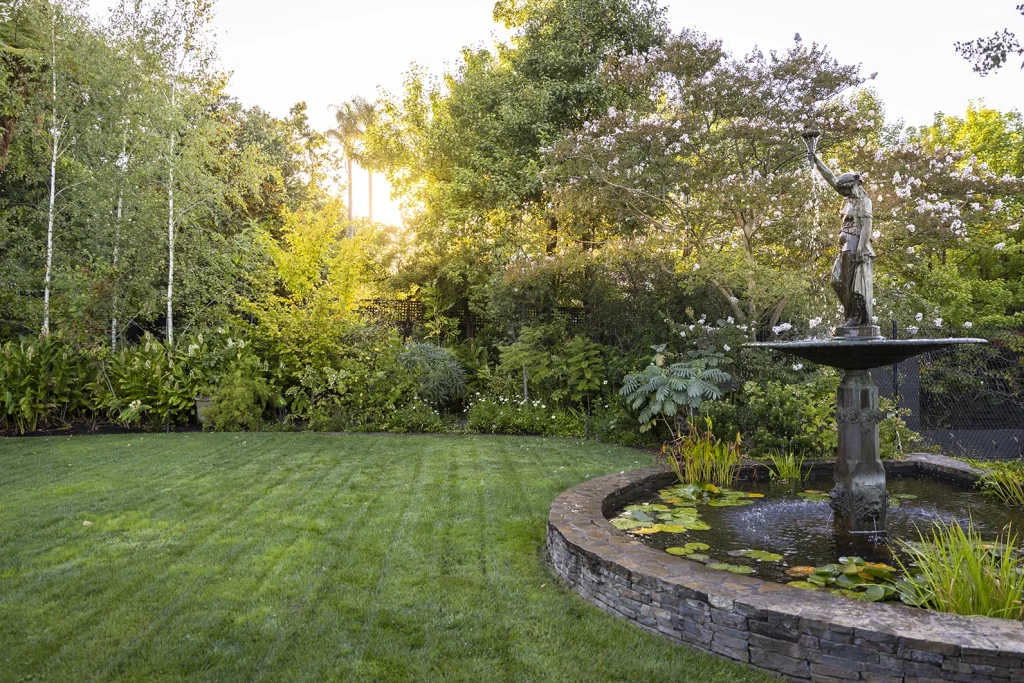
How Frost Affects Your Garden
Plant Damage
- Cellular Damage: When frost forms, it can cause ice crystals to form inside plant cells, leading to ruptured cell walls. This results in the wilting, browning, and eventual death of the affected area.
- Impact on Flowers and Fruit: Delicate flowers, buds, and unripe fruit are particularly vulnerable to frost. A sudden freeze can kill flowers or cause deformities, affecting your garden’s harvest and visual appeal.
Increased Risk of Disease
Frost can also create conditions favourable for fungal and bacterial diseases. When frost melts, it leaves moisture on plant surfaces, providing an ideal environment for pathogens to thrive.
Delayed Growth
Frost can slow down plant growth. When plants are exposed to freezing conditions, they may go dormant or experience stunted growth. This can lead to delays in flowering and fruiting, especially in the spring.
Soil Complications
- Frost Heaving: When the soil freezes and thaws, it can cause it to shift and heave, potentially damaging shallow-rooted plants or in extreme cases, dislodging them from the ground.
- Moisture Availability: Frost can also freeze water in the soil, making it unavailable to plants. This can lead to dehydration, particularly for plants that rely on consistent moisture.
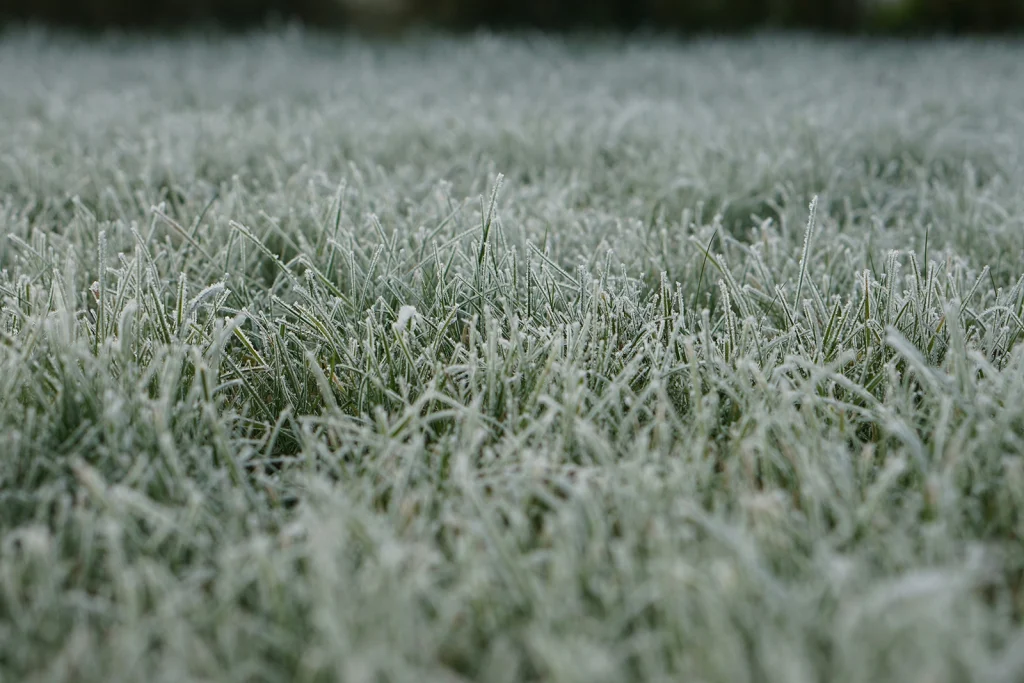
Image courtesy of Mie-Lundgren-Eriksen and Unsplash
Protecting Your Garden from Frost
If you live in an area of Australia prone to frost, it’s essential to take steps to protect your garden. Here are our favourite preventative measures:
Covering Your Plants
During frost events, cover your plants with frost cloths, blankets, or even old sheets. This helps trap heat close to the plants and provides a layer of protection from freezing temperatures.
Mulching
Applying a layer of mulch around your plants can help insulate their roots and regulate soil temperature, reducing the risk of frost damage.
Choose Frost-Free Zones
If possible, plant your more delicate crops in frost-free areas. Planting against walls, fences, or other sheltered spots can offer protection from the cold, as these areas tend to retain heat more effectively.
Watering
Watering your plants before a frost can help maintain a more stable soil temperature. Wet soil holds more heat than dry soil, which can be crucial during chilly nights.
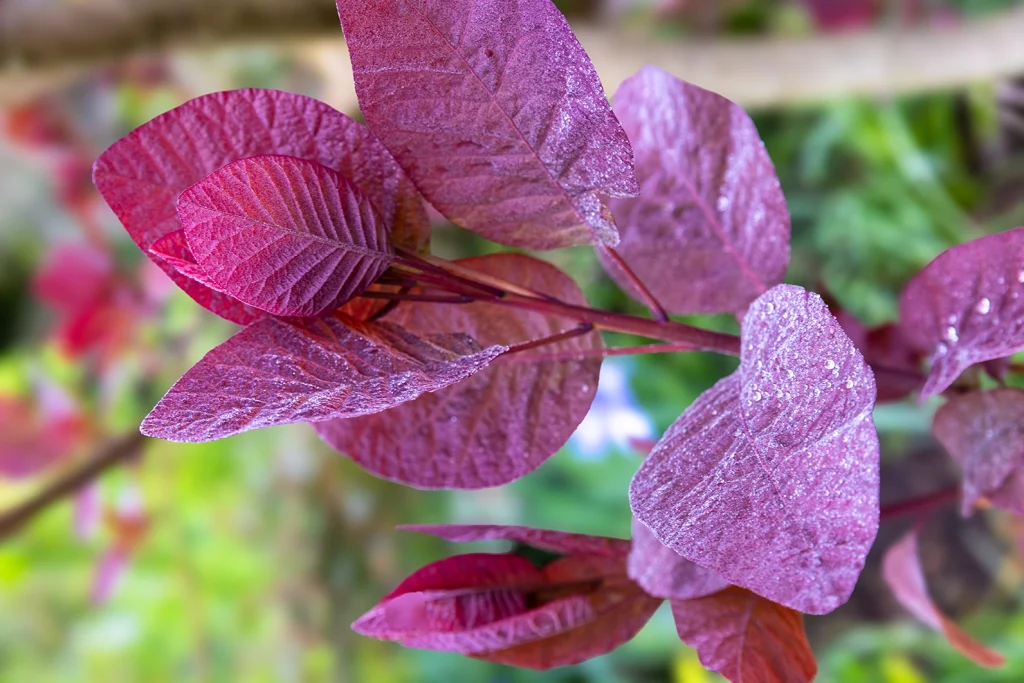
Frost-Resistant Varieties
Consider growing plants that are naturally frost-tolerant. These plants are better equipped to handle colder temperatures and can thrive in frost-prone areas.
Frost-hardy plants we love:
- Pyrus calleryana
- Ajuga
In frost-prone regions of Australia, it’s important to be proactive in protecting your garden from the cold. By understanding how frost affects your plants and taking steps to safeguard them, you can help ensure that your garden survives the winter and thrives in the warmer months ahead.
Whether you’re a seasoned gardener or just getting started, frost protection is a crucial part of maintaining a healthy garden. With a bit of care and preparation, you can protect your plants from the harshest of frosty nights and continue enjoying a flourishing garden all year round.
